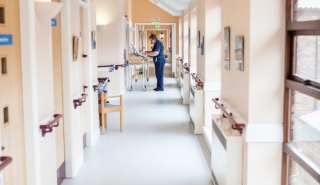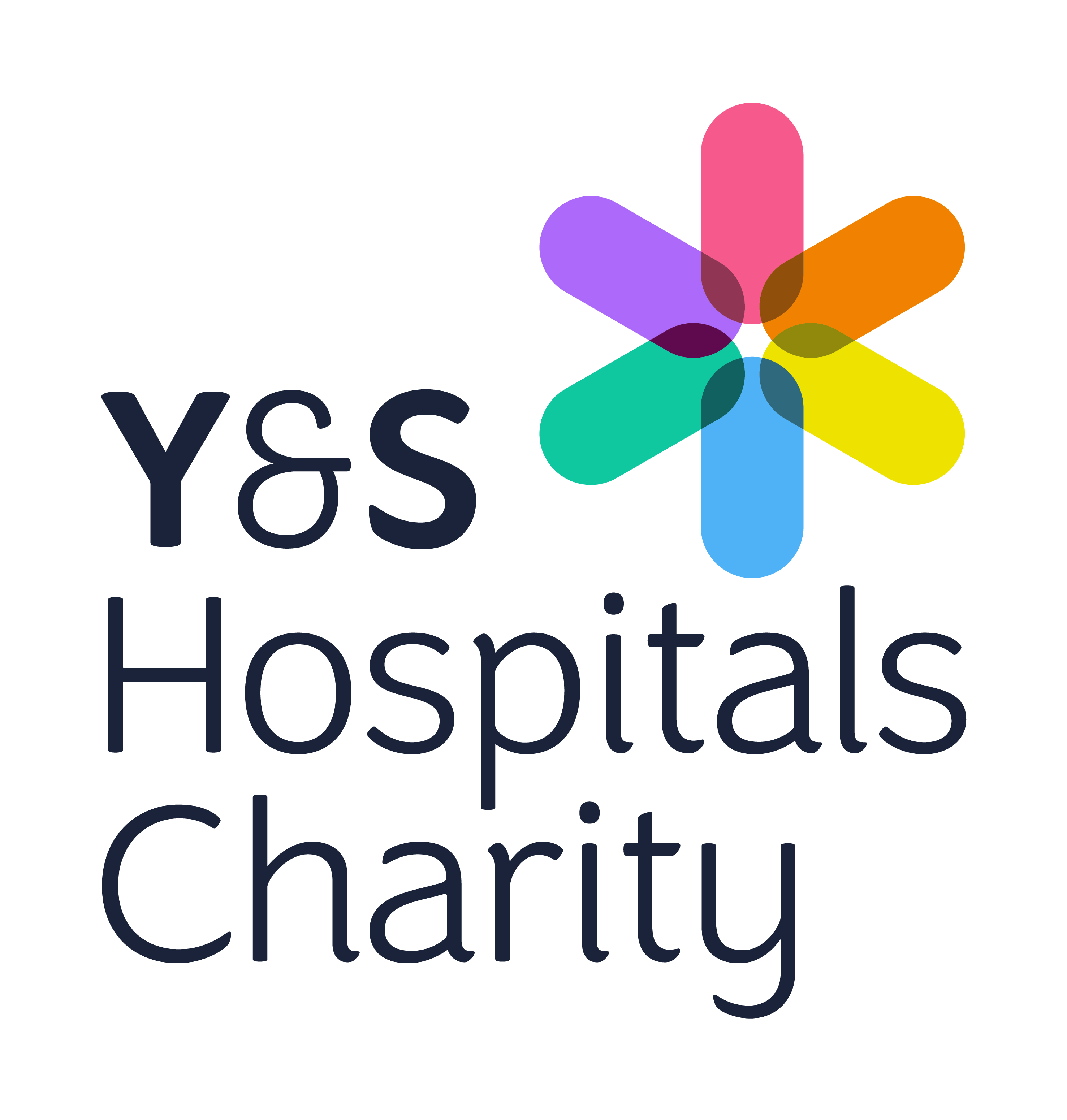In this section
Coeliac disease
Coeliac disease is an autoimmune condition where the consumption of gluten in the diet causes damage to the lining of gut (small intestine) and therefore reduces the amount of nutrients you can absorb from your diet.
Coeliac disease is not an allergy or food intolerance. It is common and affects 1 in 100 people.
What are the symptoms of Coeliac disease?
In Coeliac disease, eating foods that contain gluten can trigger a wide range of symptoms that can be mild to severe. Because of the link with gut symptoms, Coeliac disease is often misdiagnosed as irritable bowel syndrome (IBS).
Symptoms associated with Coeliac disease include:
Gut symptoms
- Diarrhoea
- Stomach aches
- Bloating and flatulence
- Constipation
- Indigestion
Other symptoms
- Unintentional weight loss in adults
- Anaemia
- Tiredness and fatigue
- Itchy skin rash (called dermatitis herpetiformis)
- Constant mouth ulcers
- Difficulties in becoming pregnant (infertility)
- Nerve damage (peripheral neuropathy)
- Disorders that affect balance, co-ordination, and speech (ataxia)
Some people living with coeliac disease experience no symptoms and learn that they have the disease following tests for other medical conditions.
How is Coeliac disease diagnosed?
Whilst being tested for Coeliac disease, it is important to continue to eat foods that contain gluten at least twice per day for six weeks to ensure the tests are accurate. You should not start a gluten free diet until a diagnosis is confirmed by a health professional.
- If you think you have Coeliac disease you can complete Coeliac UK’s free online self-assessment, which will provide a recommendation about whether you should be tested and information about what to do next. A copy of the results are sent to you, so it is easy to show them to your GP.
- Blood tests - If your GP thinks you need further testing, they will take a simple blood test to check for antibodies. These can indicate Coeliac disease and, in some cases, this result can be used to confirm the diagnosis alone. However, it’s possible to have a negative test and yet still have Coeliac disease. Do not remove gluten from your diet at this stage.
- Biopsy – if the blood tests are not clear enough to make a diagnosis, and/or there is still a clinical suspicion of Coeliac disease, a biopsy of the small intestine will be requested via an endoscopy to confirm diagnosis.
What will happen when Coeliac disease is diagnosed?
You will be referred to a consultant gastroenterologist and specialist gastroenterology dietitian and be seen by both specialities at least once.
What is the treatment for Coeliac disease?
Once diagnosed, the only treatment for Coeliac disease is a strict lifelong gluten free diet.
Gluten is a protein that is found in wheat, barley, and rye. Oats can only be included if they are labelled as gluten free.
Common foods that contain gluten include:
- Bread and flour
- Pasta and noodles
- Breakfast cereal
- Cakes and biscuits
- Crackers and cereal bars
- Pies and pastries
- Gravy, stock cubes, and sauces
- Some ready-made meals
Once gluten is removed from the diet, you should start to feel much better, and the risk of long-term health conditions such as anaemia and osteoporosis reduce.
You should be referred to a specialist gastroenterology dietitian, who will provide advice, guidance and support you with following a gluten free diet.
Getting started on a gluten free diet
Whilst awaiting your dietitian appointment, the Newly Diagnosed Coeliac Disease webinar below will provide detailed information about how to start a gluten free diet. The webinar is free of charge and can be shared with family and friends and watched as many times as required. It is also available in 8-9 shorter 8–10-minute clips.
You may also find the following resources useful:
- Coeliac UK gluten free checklist
- Coeliac UK common grains guide
- Coeliac-Resturant-Cards PDF (patientwebinars.co.uk)
Gluten free foods on prescription
Depending on where you live in the UK, you may be able to receive gluten free bread and flour on prescription. Speak with your GP to see if this support is available to you and find out how you can access it.
Bone health
Because of the reduction in ability to absorb nutrients such as calcium and vitamin D, people with Coeliac disease are at increased risk of thinning of the bones or osteoporosis.
A DEXA bone scan should be considered after 12 months of being on a gluten free diet, or for all women with coeliac disease at menopause and all men with coeliac disease who are over 55yrs of age.
As a result of this increased risk, people with coeliac disease have an increased need for calcium compared to the general adult population. It is recommended that adults with coeliac disease have at least 1,000 mg of calcium each day.
All people with coeliac disease should take an aver the counter vitamin D supplement containing 10 micrograms per day during October to March
Further information about calcium and vitamin D can be found below:
Vaccinations in Coeliac disease
Adults with Coeliac disease may have reduced spleen function. The spleen is an organ in the body which plays an important role in the immune system. The risk of reduced spleen function in people with Coeliac disease is recognised and there are some vaccinations that are recommended to reduce the risk of infections such as pneumonia and meningitis.
Find out more about vaccinations in Coeliac disease.
Support available
Coeliac UK is the main charity that supports people with Coeliac disease in the UK.
We would advise you to consider joining Coeliac UK which has a wealth of information to support people with Coeliac Disease. The details can be found below:
Coeliac UK: www.coeliac.org.uk or telephone 0333 3322033
Coeliac UK Local Group: email york@coeliac.org.uk
Some people living with coeliac disease experience no symptoms and learn that they have the disease following tests for other medical conditions.






